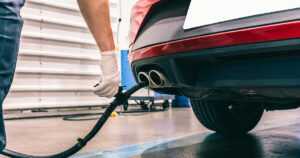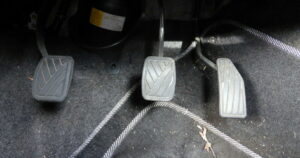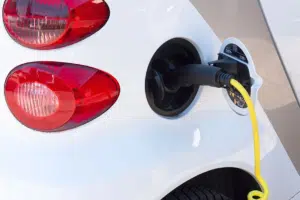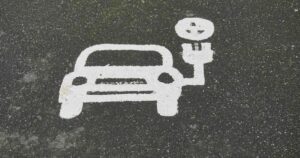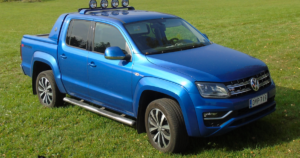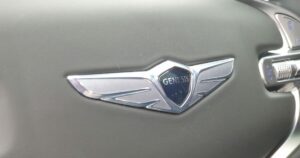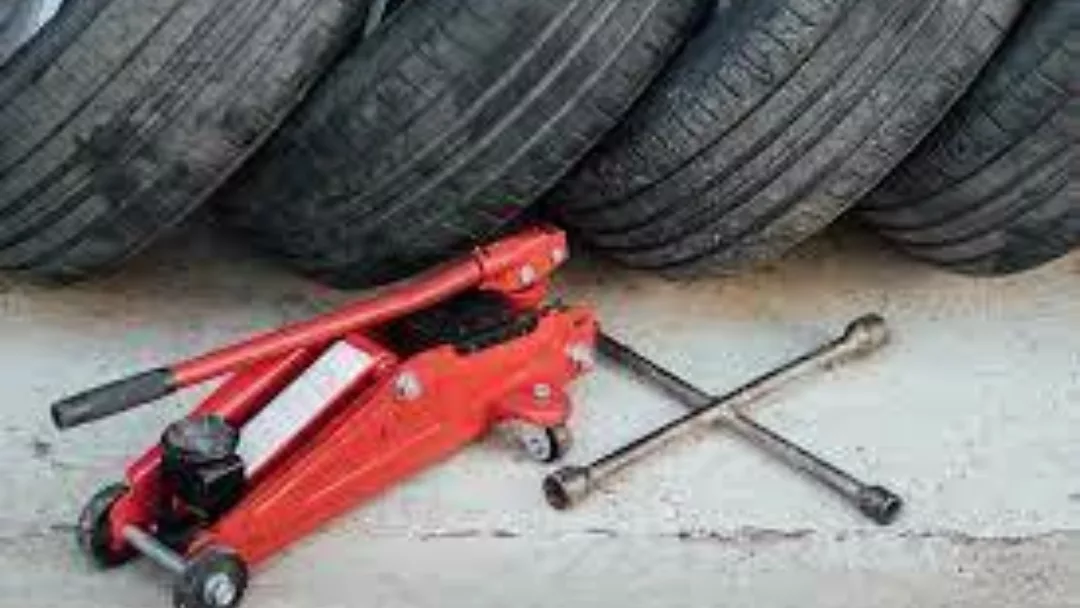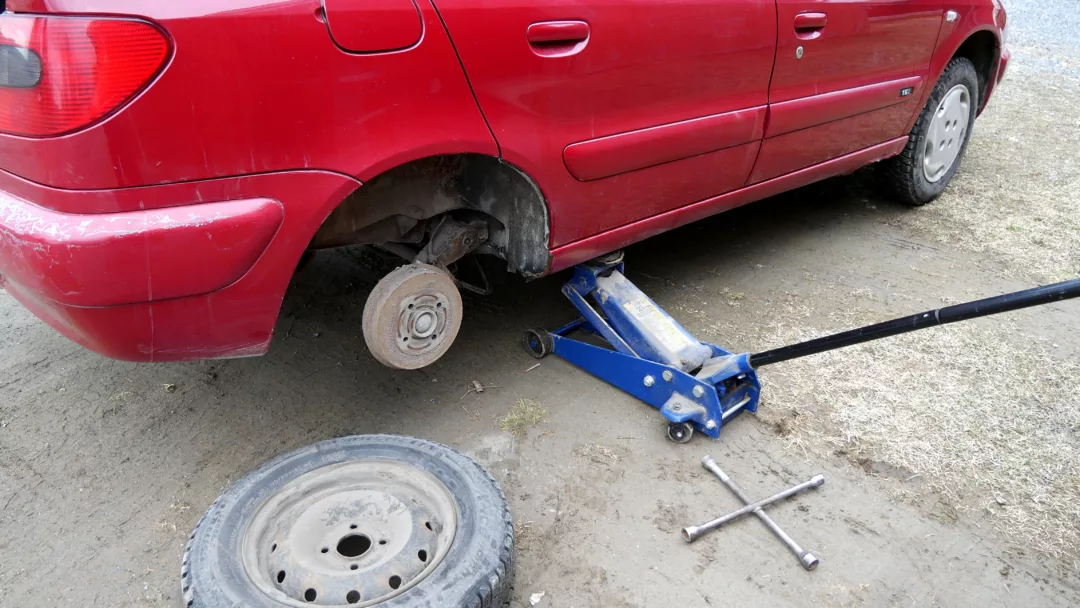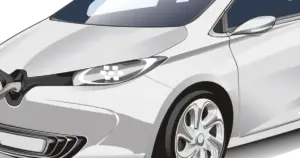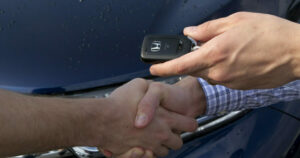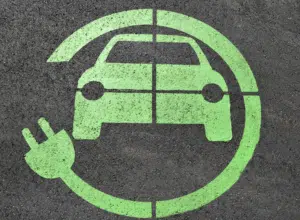If the thought of using a car jack makes you want to break out in a sweat, not to worry! From changing a flat to replacing your brake pads, with the use of a car jack you’ll be able to have your car in the air in no time. Jacks are generally easy to use if you have a good one, and so long as you use proper safety precautions you should be able to use a car jack along with our useful tips by the end of this article.
Find a safe place to pull over
This should go without saying, but if you’re on the road and find yourself needing to take a sharp exit to deploy your jack, maybe you’ve blown a tyre, you’ll want to get as far away from any traffic as you can. According to Car and Driver, your goal is to get off the road and entirely on solid, level ground or flat surface, somewhere you can use your jack safely.
Car Care Hunt says that this can take some planning, but if you’re on a motorway and you need to pull over to the hard shoulder as far as you can, then needs must. If you can’t get yourself away from the flow of cars to a road or street with as little traffic as possible, this may be your last resort. At the end of the day, find the safest place that you can, preferably somewhere that has solid pavement, because you can’t drive for miles on a flat tyre without destroying it or even worse, damaging your car.
Secure your vehicle
Park your car on a hard, flat concrete surface, somewhere that’s sturdy and that won’t shift or give way while you’re working. Somewhere that it can’t slip or roll off the jack would be great. You’ll want to do everything that you can to ensure that your car does not roll. To help you out with this, you could ensure that your car is in park and block your tyres with some cheap wheel chocks. A top tip, if you’re changing a tyre, is to untighten the locking wheel nut (if you have one) before jacking the vehicle as the resistance of the tyre still being on the ground will make releasing the locking wheel nut easier than once the vehicle is raised.
Jack Placement
Once you’re pulled over, you can locate your jack, and begin to locate your vehicle’s jacking point on your car’s body, where the jack engages. Most modern vehicles have will have marks or labels under the rocker panels. Found it? Great! Then you can go ahead and position it by sliding your jack underneath, making sure that the base plate is located directly underneath the lifting point. If you are unsure of the correct jack stand placement for your vehicle you should consult the owner’s manual to ensure you can locate the proper support locations, to simply start jacking a vehicle with an improperly positioned jack can damage the vehicle whilst also being extremely dangerous, the car won’t be properly or safely supported, which can cause a sudden catastrophic drop.
Nearly all cars will have designated jacking points to be found on the car’s undercarriage, it is extremely important to ensure that you locate and use these recommended lift points in order to safely lift the vehicle. It is important not to bypass jacking points and lift the vehicle via the underside of the body as this can damage the car if the car’s weight is not on one of its proper support points. If you find your jack is not properly positioned then stop immediately and slowly lower the vehicle to the ground allowing you to reposition the jack safely.
Typically speaking your jack will have a wide, flat base and a smaller upward-facing arm so it should be easy to tell and make sure that your jack is facing up the correct way. Making sure you have plenty of room behind the jack too is key, so you have plenty of space to pump it up using the height adjustment bar.
Jack up your car
Now that the jack is in position, you can begin to slowly pump up the base plate so that it’s in contact with the lifting point. If needed, you can make any final alignment adjustments if you get under the car to check it’s aligned correctly as it should be, if not, then you can adjust this accordingly. You can then safely jack the car to the required height.
Depending on which type of jack you have, yes there are different types of car jacks, whether it be a scissor jack, or hydraulic also known as a floor jack, will depend on how you actually raise the jack. For example, scissor jacks, likely require you to use your tyre iron to turn a bolt, which will drive a threaded rod, causing the jack to raise. Think of it like a crank style, and to lower your vehicle, you would simply crank it counterclockwise.
Some might say that a floor jack is much easier to use, because once it’s in position, you just need to twist the handle and pump, requiring much less effort than a scissor jack. You can stop when your vehicle reaches a point where you have enough clearance for you to be able to do what you need to do. But do remember that if you are changing a flat tire, the spare which is fully inflated will require more clearance to get on the vehicle than perhaps the flat tire required to get off. There’s no rush, and if you do hear any popping or thudding sounds as the jack shifts slightly, it’s normal.
If you’re going to be working under your car, you could always use jack stands, which are great if you need to fit any part of your body under your car. By popping these underneath your car, near where the jack is supporting it, you’ll be providing an even more secure base. Raise the jack stands and lower the jack slowly until the jack catches the car. If you’re simply just changing a tyre, then there’s no need for jack stands.
Lower your car
Finally, lower your car slowly with the jack until it rests peacefully on the jack stand. Once its there you can rest easy knowing that you’re protected in case your jack failed you while you were fixing your car.
Once your car’s tyre is back in contact with the ground, that’s when you can remove the jack. After that, it’s job done, you can take your jack back to wherever you found it and just remember to remove anything that you might have used to block your tyre, or you might think that the parking brake is stuck when you try to drive off.
Whether you need to change your car’s oil or replace a wheel, you may need to use a car jack to lift the car off the ground. You don’t need us to tell you that jack safety is key when lifting your car in the air, so as long as you use a quality jack stand, what can go wrong?












